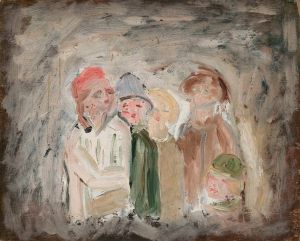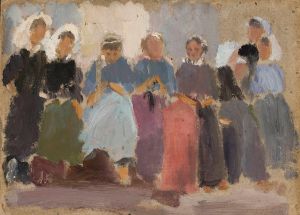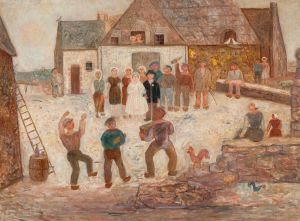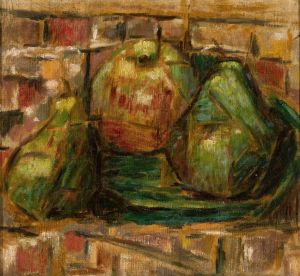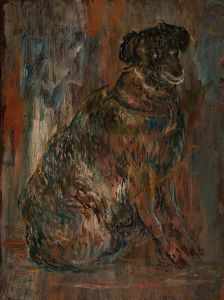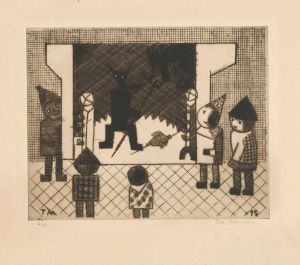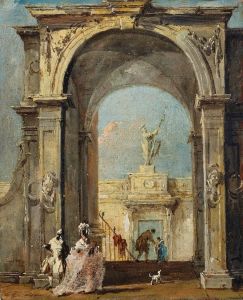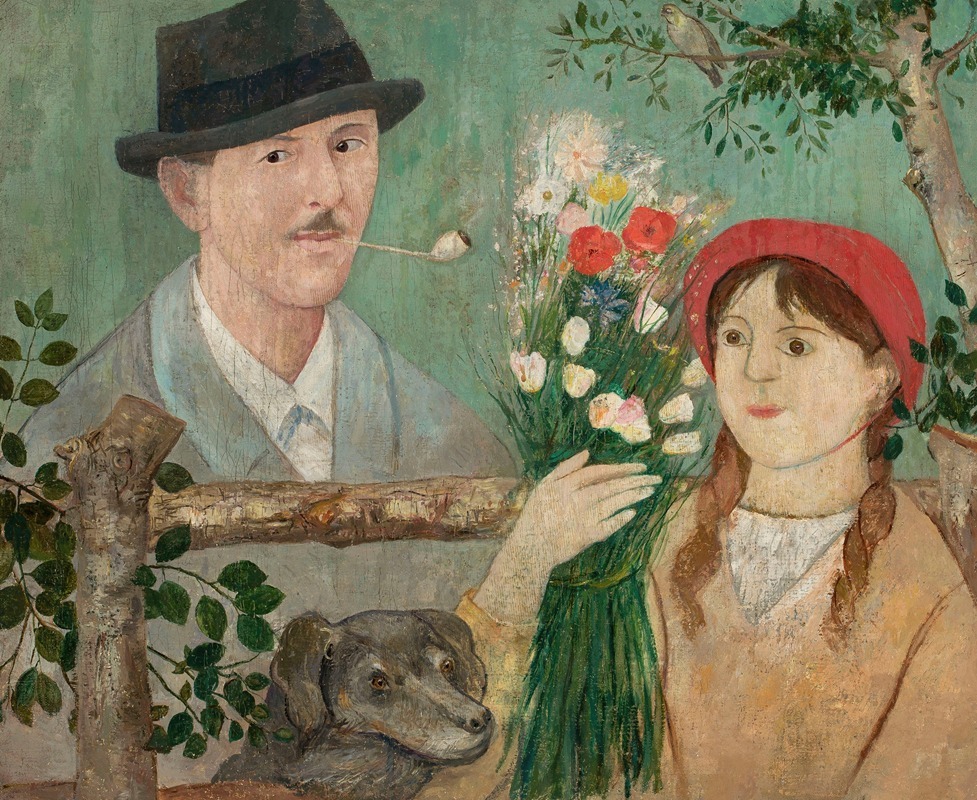
Idyll beside a fence
A hand-painted replica of Tadeusz Makowski’s masterpiece Idyll beside a fence, meticulously crafted by professional artists to capture the true essence of the original. Each piece is created with museum-quality canvas and rare mineral pigments, carefully painted by experienced artists with delicate brushstrokes and rich, layered colors to perfectly recreate the texture of the original artwork. Unlike machine-printed reproductions, this hand-painted version brings the painting to life, infused with the artist’s emotions and skill in every stroke. Whether for personal collection or home decoration, it instantly elevates the artistic atmosphere of any space.
Tadeusz Makowski was a Polish painter known for his unique style that combined elements of folk art and modernism. Born in 1882 in Oświęcim, Poland, Makowski initially studied classical philology before turning to art. He attended the Academy of Fine Arts in Kraków, where he was influenced by the Young Poland movement, which sought to break away from traditional forms and embrace more modern, expressive styles.
Makowski moved to Paris in 1908, where he became part of the vibrant artistic community. During his time in France, he was influenced by the works of Paul Cézanne and the Cubists, which is evident in his early works. However, Makowski developed his own distinctive style that often featured simplified forms and a focus on everyday life, particularly scenes involving children and rural settings.
"Idyll beside a Fence" is one of Makowski's notable works, although specific details about the painting, such as its creation date or current location, are not widely documented. The painting exemplifies Makowski's characteristic style, which often includes a sense of innocence and simplicity. His works frequently depict children, animals, and rural landscapes, rendered in a manner that combines elements of folk art with a modernist sensibility.
Makowski's paintings are known for their vibrant colors and playful compositions. He often used a muted palette with occasional bursts of brighter hues to create a sense of harmony and balance. His brushwork is typically loose and expressive, contributing to the whimsical and dreamlike quality of his scenes.
Throughout his career, Makowski remained somewhat on the periphery of the mainstream art movements of his time. Despite this, he gained recognition for his unique artistic voice and his ability to capture the essence of childhood and rural life. His works are celebrated for their emotional depth and the way they evoke a sense of nostalgia and simplicity.
Makowski continued to live and work in France until his death in 1932. His legacy is preserved through his paintings, which are held in various collections, including the National Museum in Warsaw and the Musée National d'Art Moderne in Paris. His work remains an important part of Polish art history, and he is remembered as a painter who successfully bridged the gap between traditional folk art and modernist expression.
While "Idyll beside a Fence" may not be as widely recognized as some of his other works, it nonetheless reflects the core themes and stylistic elements that define Makowski's oeuvre. His ability to convey a sense of warmth and simplicity through his art continues to resonate with audiences, making his work enduringly popular among collectors and art enthusiasts alike.






